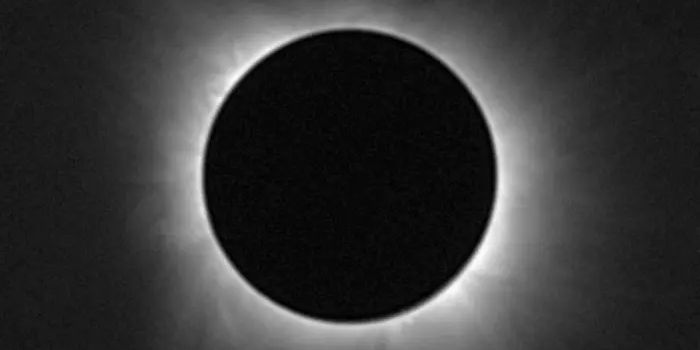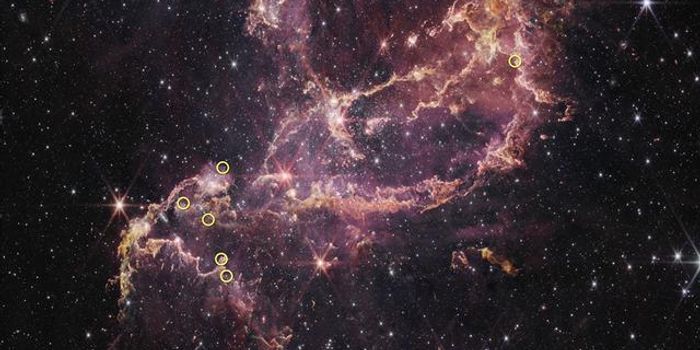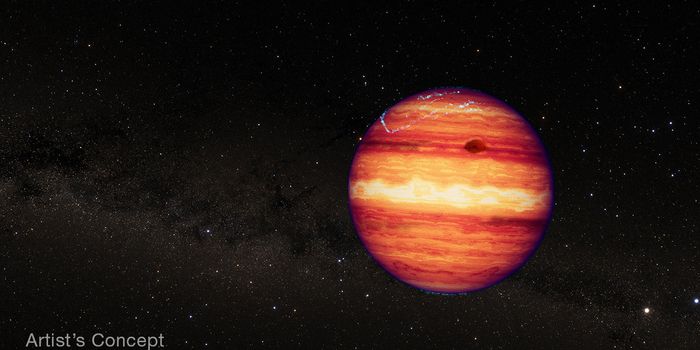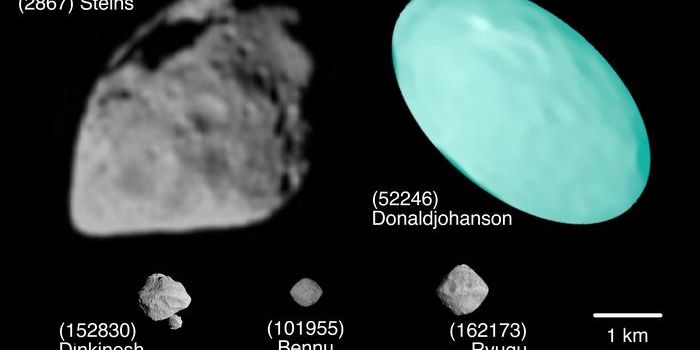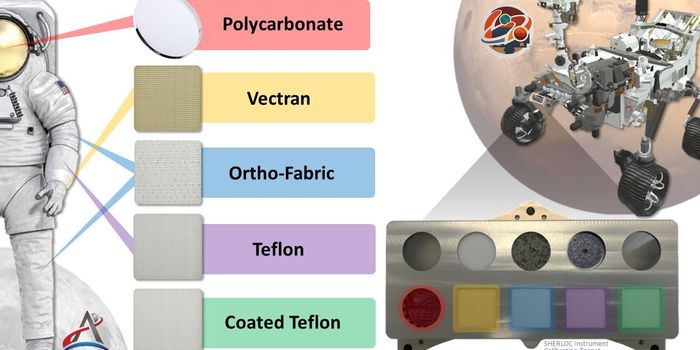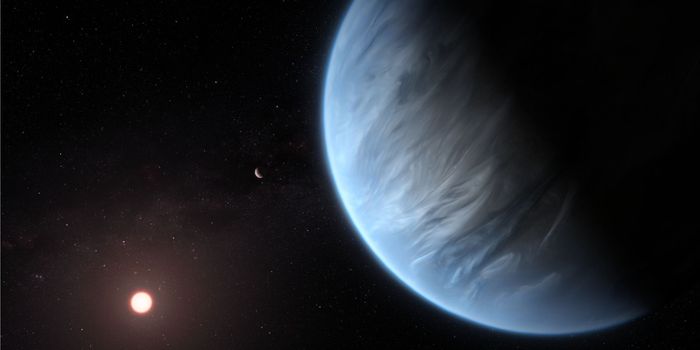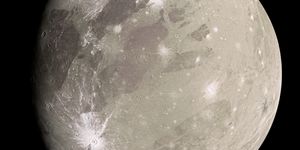The Solar Wind Puzzle: Magnetic Switchbacks and Their Impact on Solar Activity
What processes provide energy to the solar wind as it travels away from the Sun and throughout the solar system? This is what a recent study published in Science hopes to address as an international team of researchers investigated the processes responsible for providing energy to the solar wind as it leaves the Sun and traverses the rest of the solar system. This study holds the potential to help astronomers better understand the Sun’s processes, which could also provide insight into the processes of other stars, as well.
“Our study addresses a huge open question about how the solar wind is energized and helps us understand how the Sun affects its environment and, ultimately, the Earth,” said Dr. Yeimy Rivera, who is a postdoctoral fellow at the Center for Astrophysics | Harvard & Smithsonian and lead author of the study. “If this process happens in our local star, it’s highly likely that this powers winds from other stars across the Milky Way galaxy and beyond and could have implications for the habitability of exoplanets.”
For the study, the researchers used solar wind data from NASA’s Parker Solar Probe and the joint NASA-ESA Solar Orbiter collected within two days of each other due to the spacecraft being aligned with each other, enabling this research to be conducted. For context, the Parker Solar Probe is currently orbiting inside the Sun’s corona while Solar Orbiter is orbiting approximately halfway between the Earth and the Sun. In the end, the researchers found the solar wind’s acceleration that occurs between the Sun and the Earth is due to what are called “Alfvén waves”, which transport energy through the solar plasma. However, researchers haven’t been able to measure Alfvén waves until now.
“We didn't initially realize that Parker and Solar Orbiter were measuring the same thing at all,” said Dr. Samuel Badman, who is an astrophysicist at the Center for Astrophysics and a co-author on the study. “Parker saw this slower plasma near the Sun that was full of switchback waves, and then Solar Orbiter recorded a fast stream which had received heat and with very little wave activity. When we connected the two, that was a real eureka moment.”
Going forward, this research could provide insights into predicting space weather along with better understanding how stars throughout the universe function, as well.
What new discoveries about the solar wind will researchers make in the coming years and decades? Only time will tell, and this is why we science!
As always, keep doing science & keep looking up!
Sources: Science, EurekAlert!, NASA
Image Credit: NASA/Johns Hopkins APL/Ben Smith

